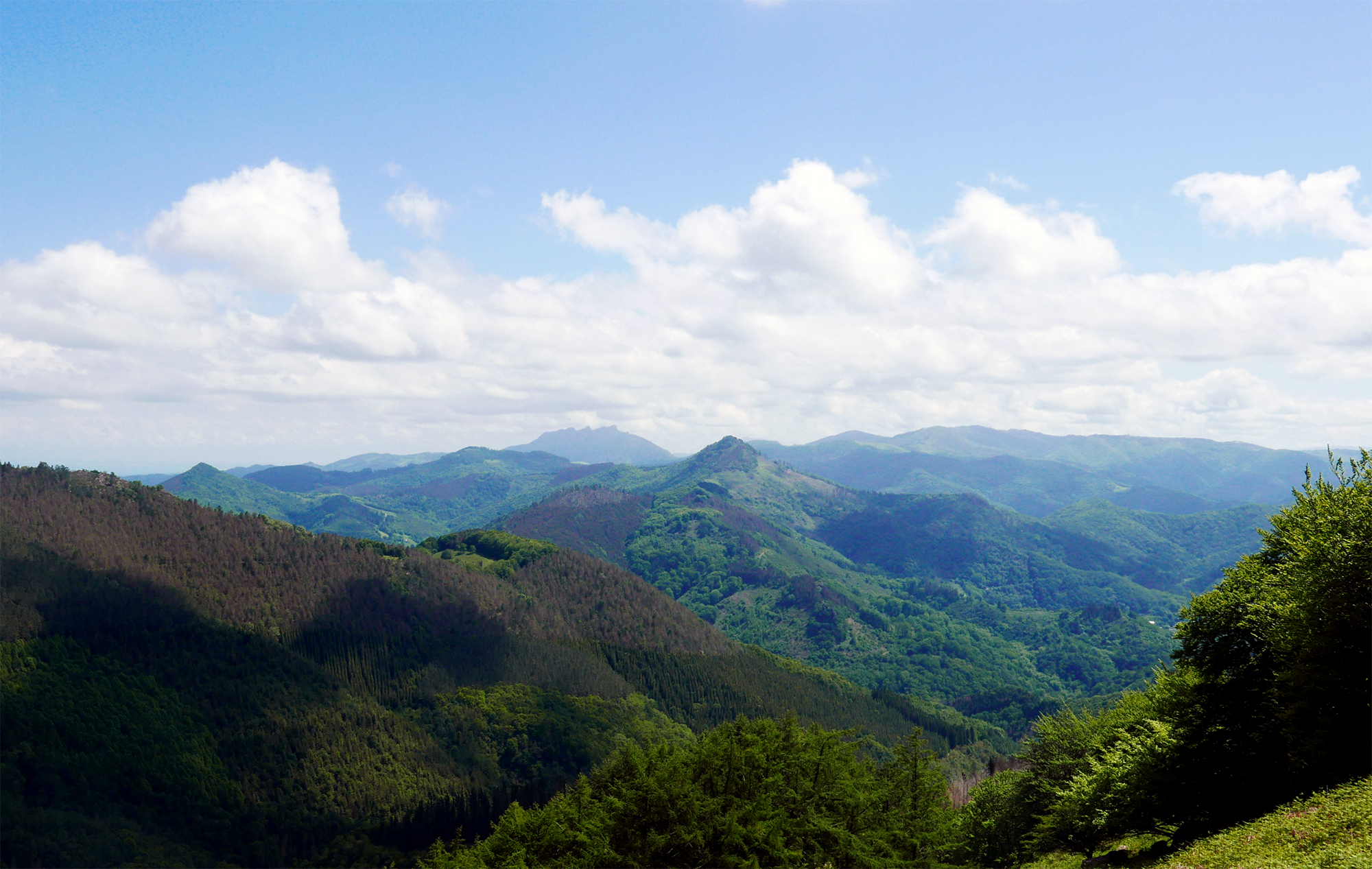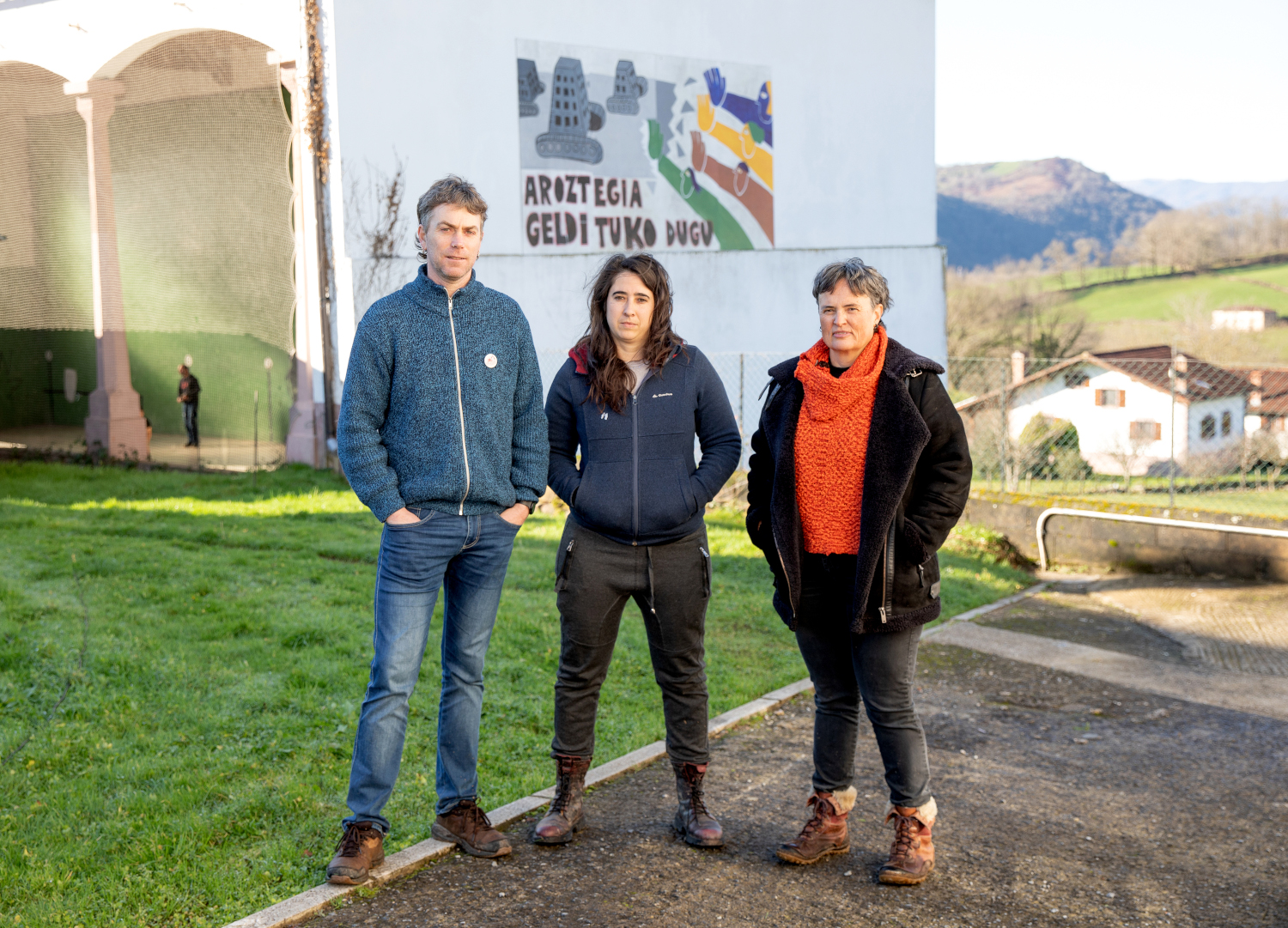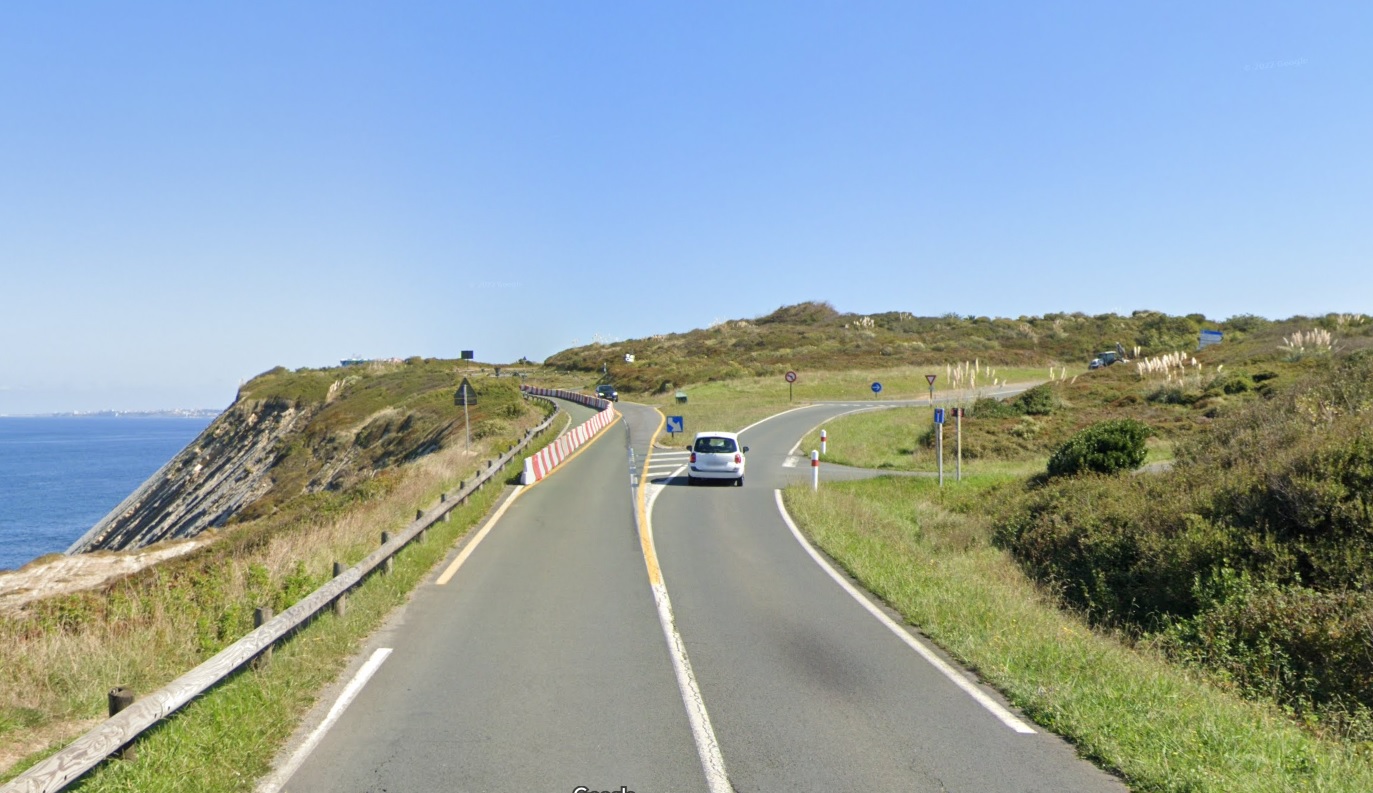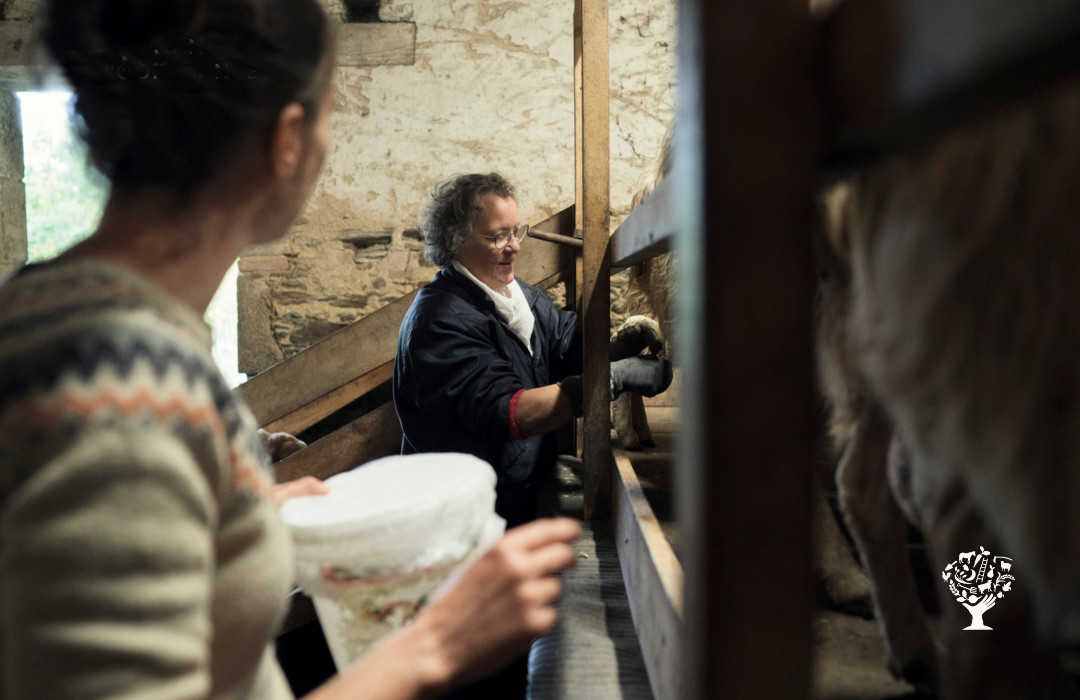They design a plan to turn the Pyrenees into a "resilient" territory in the face of a climate emergency
- According to a study carried out by the Pirinos Working Association, since 1983 half of the glaciers in the mountain range have been lost, the average temperature is 1.6 warmer degrees and now it rains 8% less than a few decades ago. Given these worrying data, the Pirenaica Climate Change Strategy has been designed to make it a "resilient" territory.

It is known that in some territories the climate emergency is being noticed more. The Pyrenees, one of the largest and richest mountain ranges in the nature of southern Europe, are not safe from this inertia, as the report presented this Thursday in Bilbao by the Pyrenees Working Association (CTP) shows. This association includes, among others, the Basque Government, the Government of Navarre and the region of New Aquitaine, and the area investigated covers a large part of the Basque Country, from Roncal to almost the Commissions.

Carried out by the Pyrenees Climate Change Observatory, under the project called Adapyr, a number of mountain chain characteristics have been investigated for two years, with the aim of measuring the changes produced by humans as a result of carbon emissions and loss of habitats and biodiversity.
Since 1983 half of the glaciers in the Pyrenees have been lost and only 20 remain in a "very vulnerable situation". For example, the Aneto Glacier has lost half its surface in 30 years. In addition, the average temperature has increased by 1.6 degrees in the period 1959-2020, the number of rains has decreased by 8% and the "summer" has increased by one month.
If this continued, by 2050 the depth of snow would be halved to a height above 1,800 metres.
They have also made some projections. If this continued, by 2050 the depth of snow would be halved to a height above 1,800 meters; peatlands, whose unique habitats have been originated in thousands of years, would pour CO2 instead of capture it; water flows would decrease; and a significant loss of biodiversity is expected.
At present, the report notes that 59% of the Pyrenees are made up of forests, provided that account is taken of plantations of monkeys against forests. In fact, according to another study, some tree species are spreading in the high mountains, such as pines, due to the increase in temperature and the decrease in the exploitation of grasses, which are growing at a higher height. But researchers warn that the ability of these forests to capture CO2 is weakening.

Resilient Territory
However, given these worrying data, a plan has been designed for the creation of an alternative territorial model called EPiCC: It has been called a strategy for cooperation in climate action. This Plan, considered "unique" in Europe, sets out a number of criteria for the Pyrenees to become "resilient" territories by 2050.
From the "systemic" point of view, efforts can be brought together in an inclusive manner in areas that can be key, according to the plan's authors.
Specifically, five "systems" have been defined: climate, mountain-friendly economy, resilient natural ecosystems, territory and its inhabitants and collaborative governance. This "systemic" approach makes it possible to combine efforts in areas that can be key in an inclusive way, according to the plan's authors.
Certain challenges can be addressed in this regard: improving knowledge of the current impacts of biodiversity loss and protecting the most vulnerable species; promoting a more sustainable tourism offer to avoid seasonality and take account of local production; improving energy efficiency in urban areas; promoting dialogue with territorial actors...
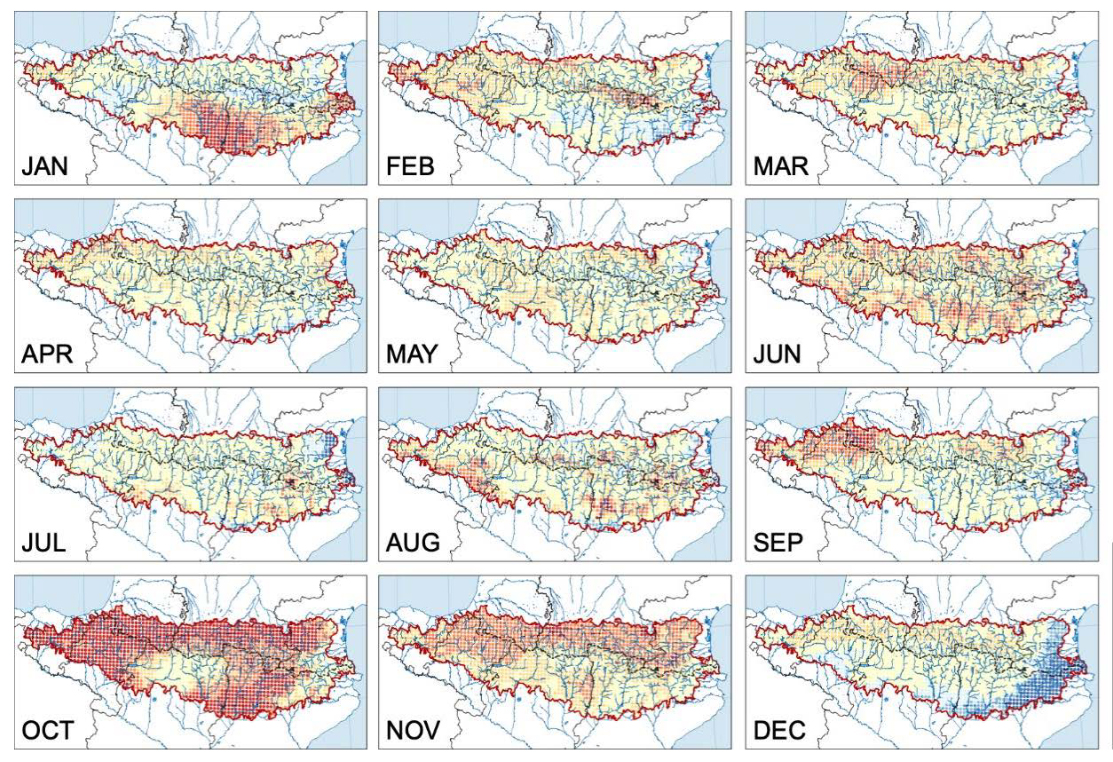
To do so, several advisory and monitoring committees have already been set up and have requested the subsidy of the European Union’s Life financial instrument.
It is not the first time that the Pyrenees have been the reference for another more sustainable economic model. In Navarra, the Entrepreneurship Working Group of the Pyrenees Bureau, created within the Pyrenees Plan, has promoted initiatives to make the Navarros Pyrenees the "ecosystem" of transformative entrepreneurship.
Ilbeltzeko igande goiz batez jo dugu Baztanera. Eguzkiak oraindik ez du Lekarozko plaza argitu; bertan elkartu gara Garbiñe Elizegi Narbarte, Itziar Torres Letona eta Ernesto Prat Urzainkirekin. Itzaletan hotz egiten du eta umorez goxatu dugu lehen agurra, hogei urtean... [+]
"(The purpose of the Oion Plenary) is clear, to legitimize by law the energy megaprojects with significant irregularities in the processing"
Last Wednesday we had a hard and unpleasant day, not only for Labraza, but also for all the towns where we are threatened by a wind,... [+]
Just as we experienced the flourishing of the Basque Country with the help of the artists, so that this time, taking advantage of their impulses, we continue to make our way together giving the necessary support to the Basque political prisoners, exiles and deportees
The... [+]








_Glaciar.png)
